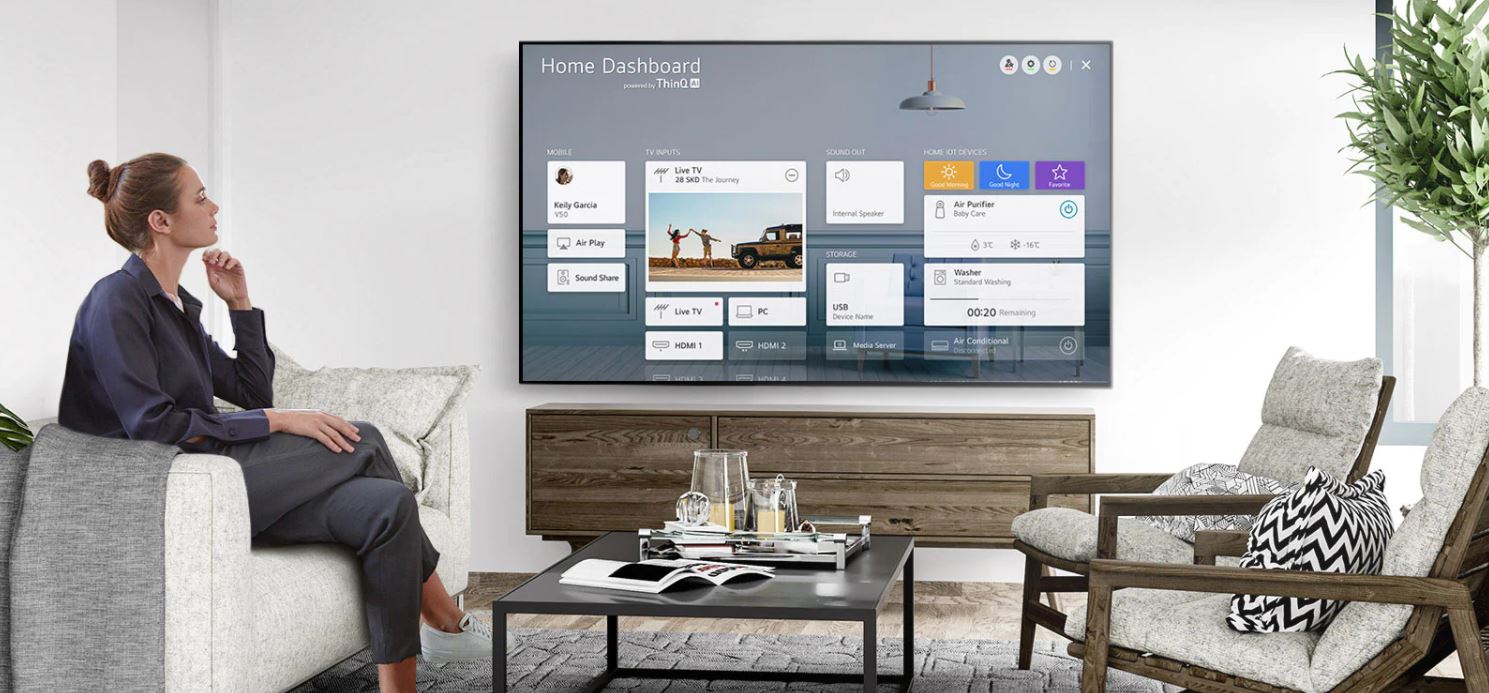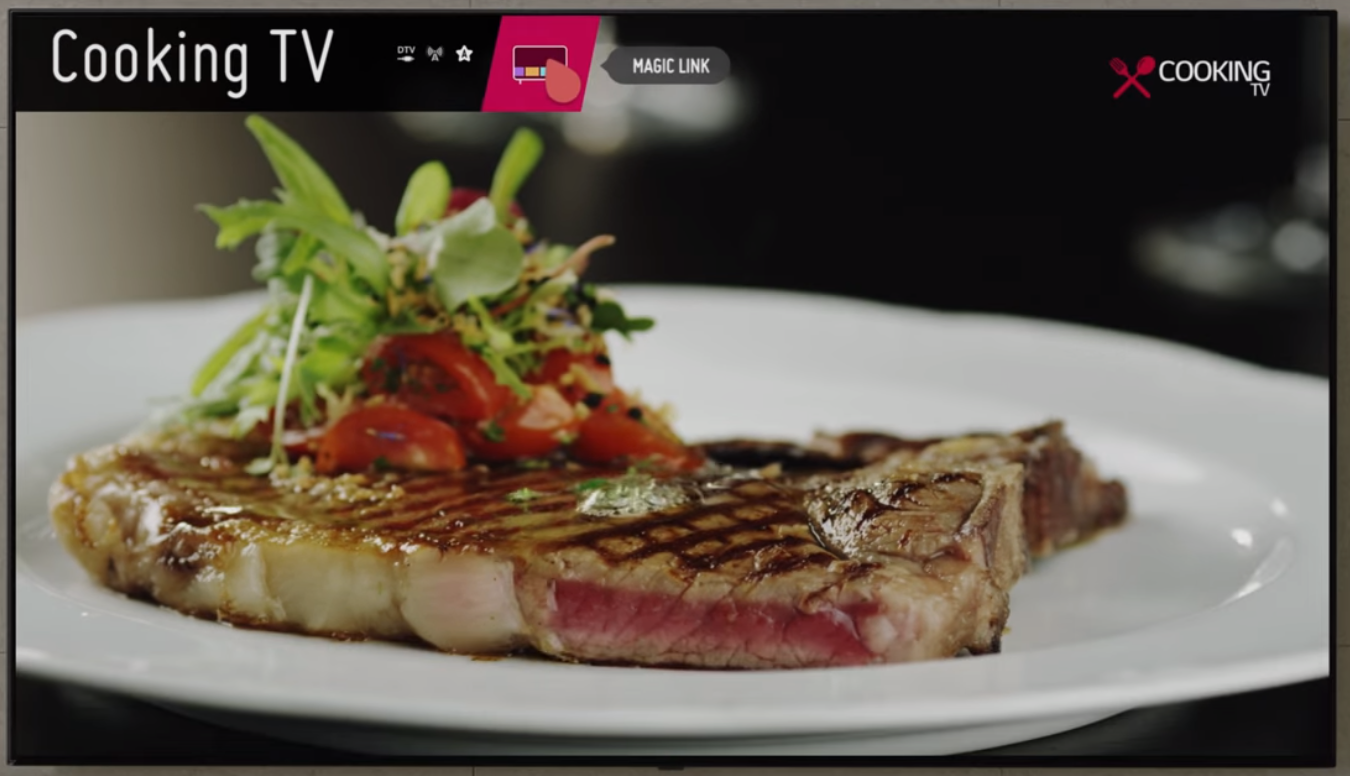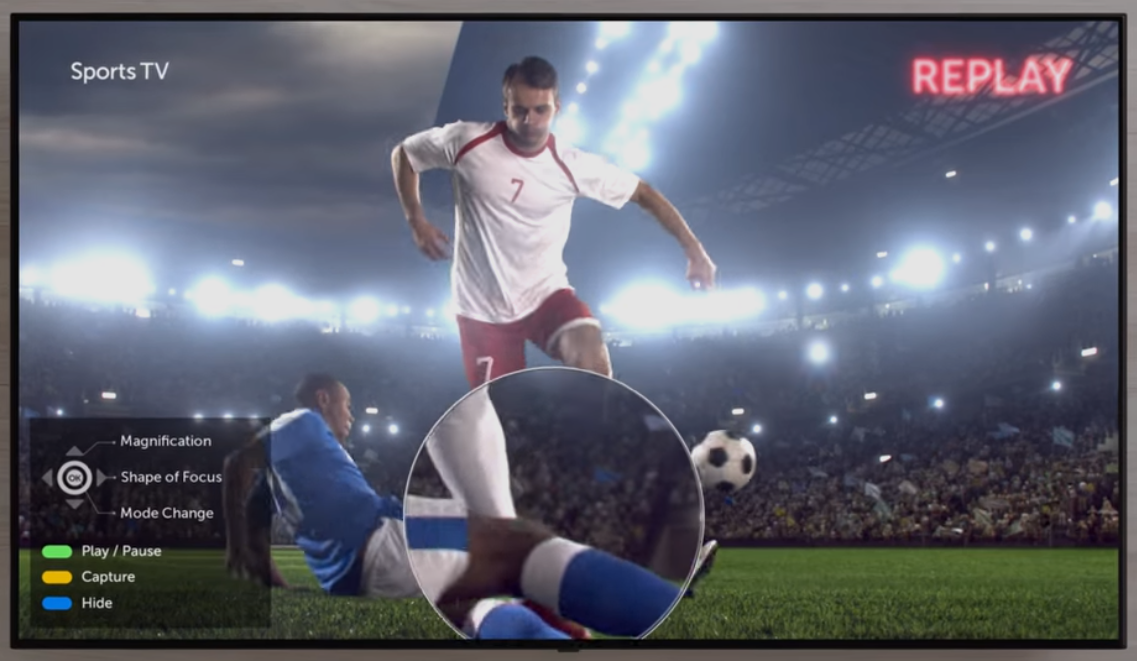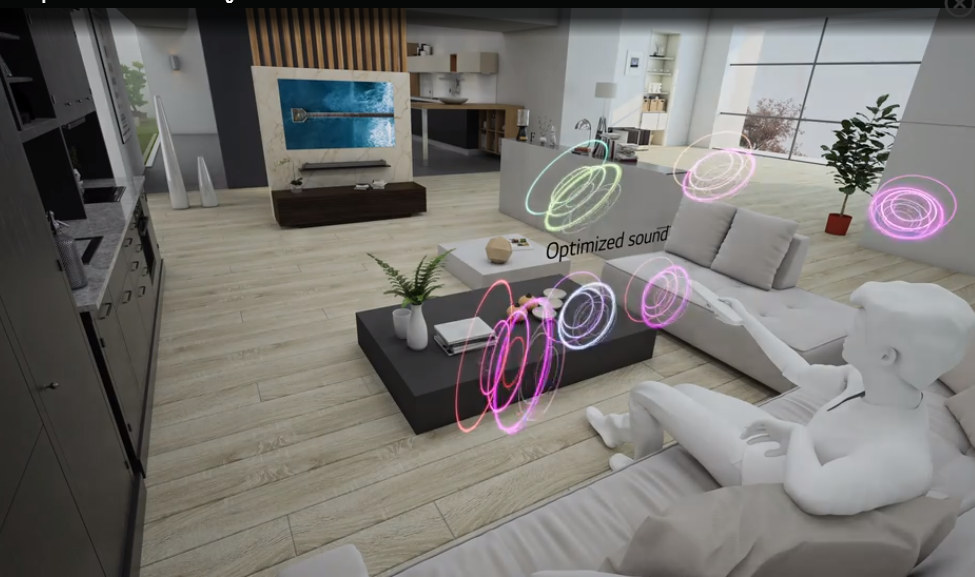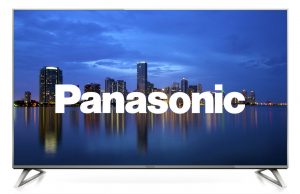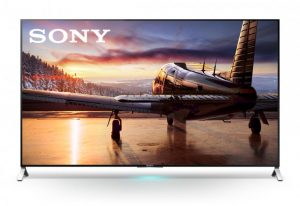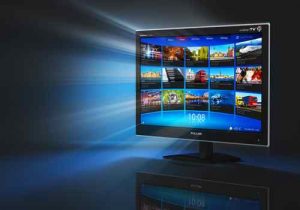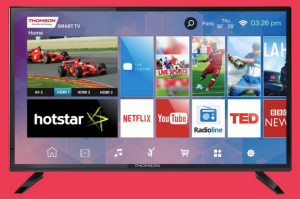LG LED TV in India – Review 2024
Lucky Goldstar or LG—a name through which it is popularly known as is one of the premium TV brands when it comes to the television market. LG is arguably the most prolific brand in terms of TV offering, outnumbering its competitors with several TV models released every year. LG’s commitment to continue pushing for the latest technology and innovation has taken the big leap with its latest AI-powered OLED TVs.
Key LG TV Technologies
OLED TV
LG is the pioneer of OLED technology, which even Apple has started using iPhone X onwards. But what is OLED exactly?
OLED stands for Organic Light Emitting Diode, which uses organic material that glows when electricity is passed through it.
How are OLEDs different from LEDs you may ask? The main difference to organic LEDs, as opposed to standard LEDs, is that pixels in organic LEDs provide their own illumination, while other TVs have LCD screens and LEDs for backlighting. Now with this difference, it leads to a possibility of reducing the thickness and weight making the new generation TVs look much sleeker.
The main advantage of OLED lies in its superior color reproduction and the ability to achieve perfect black by completely turning off the pixel. LG’s OLED offering offers an unparalleled theatrical experience thanks to its extended color palette, which supports more than one billion colors thanks to its 12-bit panel.
One of the main drawbacks of OLEDs is the color burn. When you watch a TV channel or content with static elements, for example, say a logo, this logo gets “burn” onto the screen. This happens when the same content with a static element is watched for hundreds of hours. Another drawback of OLEDs is that they are sensitive to water. People living in the region with high humidity and heavy rainfall need to be cautious regarding the placement of OLED TV as humidity would reduce the lifespan of OLED display.
True 8K TV with High Contrast Modulation
With 4K resolution (3840 x 2160 pixels) slowly becoming common, having 8K resolution (7680 x 4320 pixels) elevates TV into the premium category. For those who are wondering what makes 8K TV superior, the answer is that 8K is super high resolution—4 times higher than 4K and 16 times higher than Full HD (your usual 1080p content).
Although other big brands like Samsung, Sony, TCL offer 8K TVs even in this battle of 8K super-premium TV category, LG True 8K TVs are probably the best in the business.
8K TVs come with over 33 million pixels—that’s the highest number of pixels presently possible in the TV available in the consumer market. But pixel count is not the only marker of resolution. There’s also one important factor that is rarely discussed: contrast modulation.
One may be tempted to feel that having two TVs with the same resolution would have the same picture quality but that’s not true. Just like two bikes with the same engines could result in different mileage, not all 8K TVs will produce the same picture quality.
Alongside the resolution, contrast modulation plays important role in objectively assessing the picture quality of television.
The pixel on the TV (except on the edges) have 8 neighbouring pixels. Contrast modulation is a measure of how precisely a pixel visually differentiates from the neighbouring 8 pixels. This measurement is expressed from 0 to 100 (in percentage). Zero means pixel under consideration is nearly impossible to distinguish from neighbouring 8 pixels. Whereas 100 implies each pixel retains original colors with requisite brightness and never impacts the neighbouring pixels.
No TV in the market can give 100 percent contrast modulation but the closer to 100 it is the better would be the picture quality.
Consumer Technology Association (CTA) has recently decided to consider contrast modulation value while certifying 8K TVs. Interestingly 8K Ultra HD—the general standard for 8K TV in the consumer market needs to produce contrast modulation of at least 50. LG’s high-end OLED 8K TV comes with contrast modulation of 90 and above which is way above the baseline of 50. That’s why LG markets these TVs as True 8K TVs.
Despite millions of pixels and high contrast modulation offered by manufacturers like LG, you must keep in mind that presently in India, we don’t have TV channels airing in 8K resolution. Content in 8K on YouTube and OTT platforms is strictly limited.
Alpha9 Processor with ThinQ AI:
Premium OLED 8K TVs from LG starting comes with an advanced third-generation Alpha9 processor powered with ThinQ AI (artificial intelligence). Alpha9 is exclusively designed for OLED TVs so that they can deliver exquisite detail, vibrant colors, and more contrast on every image/scene on the 8K screen. Technically speaking Alpha9 performs 5-step improvement as:
- Quad step noise reduction: Normally even an advanced TV processor involves maximum two-step noise reduction to reduce graining and banding in the displayed content. But Alpha9 processor creates a sharper image using four steps—quad-step processing which is at least two times better result than the smartest processor of competitors. This technique is particularly useful for viewing darker scenes especially the ones featuring night scenes with minimal light.
- Frequency-based sharpness enhancer: Artificial intelligence (AI) allows the Alpha9 processor to precisely detect the object and its edges from the background. By accentuating the edges of the object Alpha9 creates greater depth, making the picture appear life like.
- Object depth enhancer: Alpha9 processor comes with an advanced object depth enhancement algorithm that precisely separates the main object from the background by analyzing textures and edges present in the image. This results in improved perceived depth of the picture giving out the subtle details, which would be hidden otherwise on the display of ordinary TV.
- True color reproduction: Alpha9 processor utilizes color table seven times more powerful than conventional. Color accuracy is improved 68 times in the case of Dolby-powered HDR content because LG supports Dolby Vision HDR. This true-color reproduction is particularly discernible when viewing a wildlife program.
- Frame rate improvement: Alpha9 processor improves the motion rate (also frame rate) of the TV. Ordinary smart TVs usually come with a 60 fps (frames per second) rate but a powerful Alpha9 processor doubles the motion rate to 120 fps. This means you can capture the detailing of the object in motion without much blur and judder. This is a boon for people who love watching sports and action-packed movies as every minute detail even at high speed would be captured.
LG Active HDR with Support for All Major HDR Formats
HDR is the new pitching point for the salesman showcasing big size smart TVs to the customers. So, what exactly is HDR?
Technically speaking HDR stands for high dynamic range. HDR expands the range of two important factors—contrast ratio and color accuracy. This results in bright parts of the image getting much brighter. This way viewers will experience greater depth in the scenery being played. The color range expands to show brighter blues, greens, reds, and everything in between. For example, the HDR content of a campfire shot at night would have subtle details in the flame rather than just appearing blown out.
With the HDR you can identify the objects that are barely lit in the gloomy surroundings at the edge of the frame. Thus HDR-compatible movies can push TVs to their limit, with brighter highlights, perfect blacks, and wider color gamut.
The latest 8K OLED LG TVs come with proprietary Dolby Vision IQ HDR. Besides Dolby Vision LG’s OLED 8K TV also support other two important HDR formats: HDR10 and Hybrid Log Gamma (HLG).
Dolby Vision IQ is an upgrade to Dolby Vision HDR format released in 2020. Dolby Vision IQ is a proprietary product from Dolby which brings entertainment to life creating dramatic scenes with improved brightness, color, contrast, and dimensionality. With more than 2 lakh frames in a 3-hour film, the picture quality of each frame is optimized through dynamic metadata. Dynamic metadata means TV is able to optimize the content scene by scene dynamically than all at once as would happen in static metadata processing in ordinary HDR.
The difference between Dolby Vision IQ to its predecessor Dolby Vision is that Dolby Vision IQ not only used dynamic metadata but also data from TV’s light sensors to dynamically optimize HDR based on ambient lighting conditions inside the room.
Nano Cell Display
Nano Cell Display forms another technological innovation from the Korean conglomerate wherein uniformly sized particles (approximately 1 nm in diameter) are being employed, to show accurate colors with vibrant details even while viewing it from a tilted angle up to 60 degrees. This impressive result is achieved by absorbing surplus light wavelengths, enhancing color purity displayed on a big screen. Nano Cell Display effectively solves some of the understated problems of LED TVs like color fading, image instability, and other degradation issues.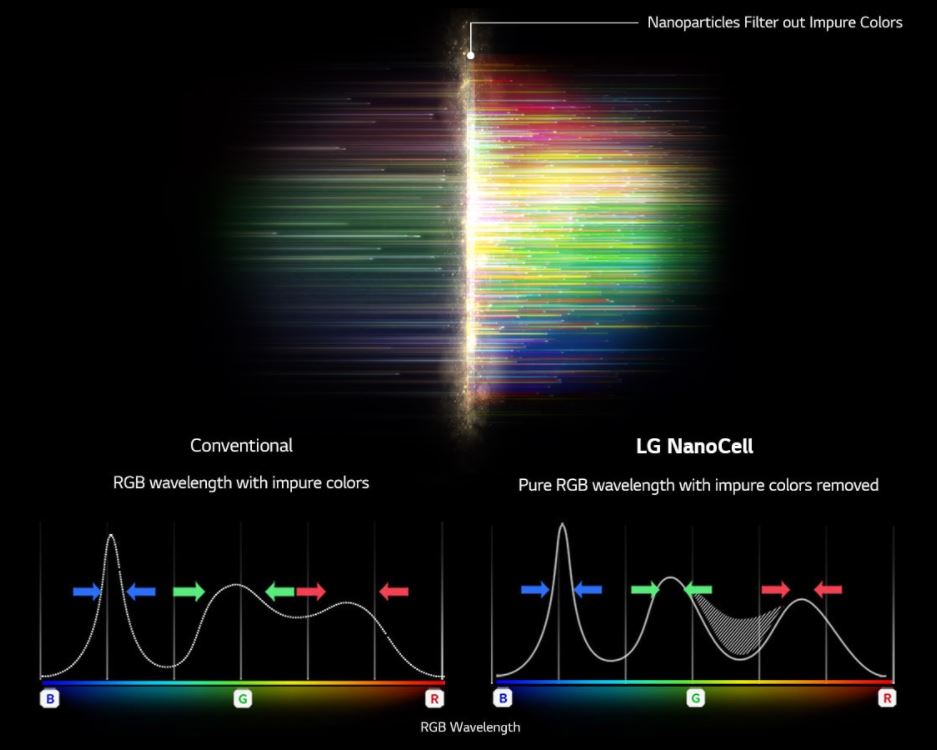
Smart TVs with webOS
Most of the tech experts rate webOS the operating system (OS) used by LG to power its smart TVs, as the best in the business. It is perfect in terms of design and usability. WebOS menu system has been the vanguard in many tricks which have now become standard, but still, its competitors aren’t able to match with what it offers.
One of the best things about the latest webOS 6.0 is its boot time. LG TVs with webOS powers on in a couple of seconds. Ubiquitous Android-based TVs on the other hand can take up to a minute (or more) to boot up.
Sticking to its simple and intuitive design, LG hasn’t tinker much with its OS which was released a few years back; but consistently hit the sweet spot by bringing incremental upgrades.
The on-screen menu in this newest webOS version gets a couple of improvements. LG has added a second contextual row to the app menu which pops up when the user selects an app. Now there is a second row, where users can see recently watched content along with smart AI-based recommended as well as trending content. Another useful addition is the Home Dashboard which would allow viewers to manage and control all of the connected home devices like doorcam, thermostat, smart refrigerator right from the TV. Overall, it is stable, responsive, and least prone to slowdowns.
Just like Play Store on Android OS, webOS has its own app store called LG Content Store which has a good number of apps. Although it cannot match the number of apps available on Android quantitatively. But good thing is that the size of apps running on webOS is smaller than those on Android. This means apps would take up lesser space on webOS but you’ll not get as many options as in the Android TVs.
Important features of webOS are:
- Multi Window: The webOS supports multi-view like multi-window viewing on desktop computers so that viewers can watch two split scenes on the same screen. Similarly, you can view content from your smartphone on your Smart LG OLED TV through a mobile connection overlay which simultaneously streams mobile content on a small floating screen along with running your TV program. Android TVs despite having plethora of apps still doesn’t have this feature.
- Magic Remote with Magic Link: One of the main USP of LG is its Magic Remote which comes with a plethora of useful features like motion-controlled point and click functionality, voice commands and also acts as a universal remote. Magic remote works like a mouse pointer nullifying the need to have an additional Bluetooth mouse. Magic remote also contains a scrolling wheel just like on a computer mouse for scrolling up and down through the TV menu. Also, it comes with a Magic Link feature wherein whenever you watch something it would show you all related content about that video. For example, if you watching a video on cooking a Biryani enabling Magic Link will show recipe for Biryani, types of Biryani, the nutritional value of Biryani etc.

- Magic Zoom: If you are an ardent sports aficionado you would often crave more details in the crunch moment of the game. For example, when a referee in a football match whistles a foul, you wish to see whether it was really foul. Similarly, in cricket, if someone picks a low diving catch you want to check if it’s a legitimate catch. This is something that the third umpire checks with advanced machines and programs. LG TV webOS gives this power to the user! It comes with a Magic Zoom button (or Live Zoom) which can instantly zoom the area which viewer wish to watch more carefully.

- Hotkeys and Customization: Buttons on the remote are clearly labeled, making it easier to navigate, eliminating the need to refer user manual frequently. Remote comes with a dedicated button for launching Netflix and Amazon Prime. Patrons of these two OTT providers should rejoice. Even if you happen not to subscribe to these two then worry not. You can set your favourite apps to the numpad to quickly launch them. For example, you can customize the remote to launch YouTube whenever you press and hold say number 1 on the remote. Another useful feature about Magic Remote from LG OLED TV is that they have universal control. This means you don’t need to keep a separate remote for controlling your DTH or STB.
TruMotion and HFR
There is a long list of parameters specified for TVs and one of the less frequently considered one is the refresh rate. Older LG TV models used the term TruMotion to market refresh rate whereas new premium OLED models are marketed using High Frame Rate (HFR). Basically using TruMotion or HFR the TV tries to minimize the effect of motion blur. While running an action-packed movie scene on old TV you’ll notice that some frames get blurred out. This is called motion blur. Motion blur reduction technology is a blessing for action lovers who wouldn’t miss out on minute motion details. TruMotion and HFR upscale the refresh rate to keep up with faster programming to weed out the motion blur.
Comprehensive Protection in LG TVs
There is nothing worse than buying an expensive TV which wears off too soon owing to its delicacy of construction and operation. Considering the dire need for longevity, LG has taken a couple of tangible steps in its design so that its products last longer. It is now shipping robust IPS panels in its line-up which are resistant to varying temperature and pressure given the vast dichotomy that exists across the country due to changing geographies and weather. It also provides safety over the range of 100-240 AC volts and 50-60 hertz of frequency. Not only this, it is also armed with 500V cap, fuse, varistor, thermistor, and isolator for protection against any unexpected surge in lightning. It has also made improvements in its back-cover vents, so they are now resistant to dust which is common in Indian households.
AI Acoustic Tuning
ThinQ an AI which LG uses has a profound impact on sound quality. The α9 intelligent processor discerns audio genres and optimizes the sound. It can identify genres based on frequency, voice, and effect. It creates 3D sound by mixing up the usual 2 channel sound to virtual 5.5 surround sound.
Latest OLED TVs come with spatial recognition technology which determines the shape and organization in the room and locates the person in that room (through sensors on the TV remote) to optimize sound according to where he/she is sitting. So, for example, if you move to the kitchen adjacent to the room where LG AI TV is placed, TV’s Alpha9 AI processor would try to adjust the speaker’s output such that you get better reception of sound even in the kitchen.
Regional Language Support in LG TVs
This would be good news for the Indian consumers—LG has taken the initiative to break the language barrier by offering support for a gamut of local languages like Hindi, Urdu, Marathi, Bengali, Punjabi, Tamil, Telugu, Malayalam, Kannada etc. Additionally, it also offers Bollywood Mode, which automatically selects the optimum EQ sound so viewers can enjoy vivid Bollywood genres with the optimized sound, giving a lovely cinematic experience.
Anti-mosquito Technology
LG has again manifested an innovative approach by bringing Mosquito Away Technology which would come as a relief measure in metros where the problem of breeding mosquitoes is growing and causing diseases like malaria, dengue, chikungunya, etc. The Mosquito Away technology works on the principle of ultrasonic waves that shuns the mosquito’s ability to detect humans by CO2 concentration making them inactive and ultimately fly off to the distant place. LG becomes the first manufacturer to do so and this feature in its high-end TVs would give it the edge. Thus, using the properties of ultrasound, pesky mosquitoes are kept at bay without needing to resort to toxic repellent or chemicals—making it safer for children in the home.
Comparing LG with Other Brands
LG is one of the trusted brands in the television segment. It gives close competition to its contemporaries like Samsung, Sony, Panasonic, etc. Comparing with Samsung, which in general offers better picture quality owing to its usage of VA (Vertical Alignment) panels as opposed to IPS (In Plane Switching) panels used by LG. VA panels offer more vibrant picture quality but at the cost of viewing angles. IPS panels are more durable and provide wider viewing angles. But they cannot match the contrast generated on VA panels.
Sony doesn’t quite match up with the versatility of LG as it offers a wide range of models, but Sony does have better screen uniformity. Also, Sony uses more aesthetic and premium materials for constructing its TV series.
LG TV Pros and Cons
LG has been one of the manufacturers which has been precise in capturing the nerves of Indian consumers. It has started offering the features which they have longed for like durable design which can cope up with vagaries of Indian weather, chemical-free protection from pesky mosquitoes, and electricity protection. With OLEDs, it clearly provides an unbeatable viewing experience.
The downside of LG TVs is they don’t quite offer a good value for money and given their preference for IPS panels, which has a poor contrast ratio, meaning that in the murky dark environment blacks would appear to be gray. Despite OLEDs arguably providing the best picture quality, the big concern is their durability because of the inherent risk of color burn while watching static content for long hours.
Nevertheless, LG continues to be the most innovative and versatile brand and with nearly two decades of presence in this segment, this can be your go-to-brand for your next TV purchase.
Some Popular LG Models:
About the Author:
Hussain Kanchwala is an Electronics Engineer from University of Mumbai. As an Analyst at BijliBachao he keeps a tab on latest technologies in gadgets and appliances, tracks businesses of white goods companies and monitors the consumer behavior. With a background in engineering, penchant for detail, and flair for writing he regularly write reviews about brands and their products. More from this author.


